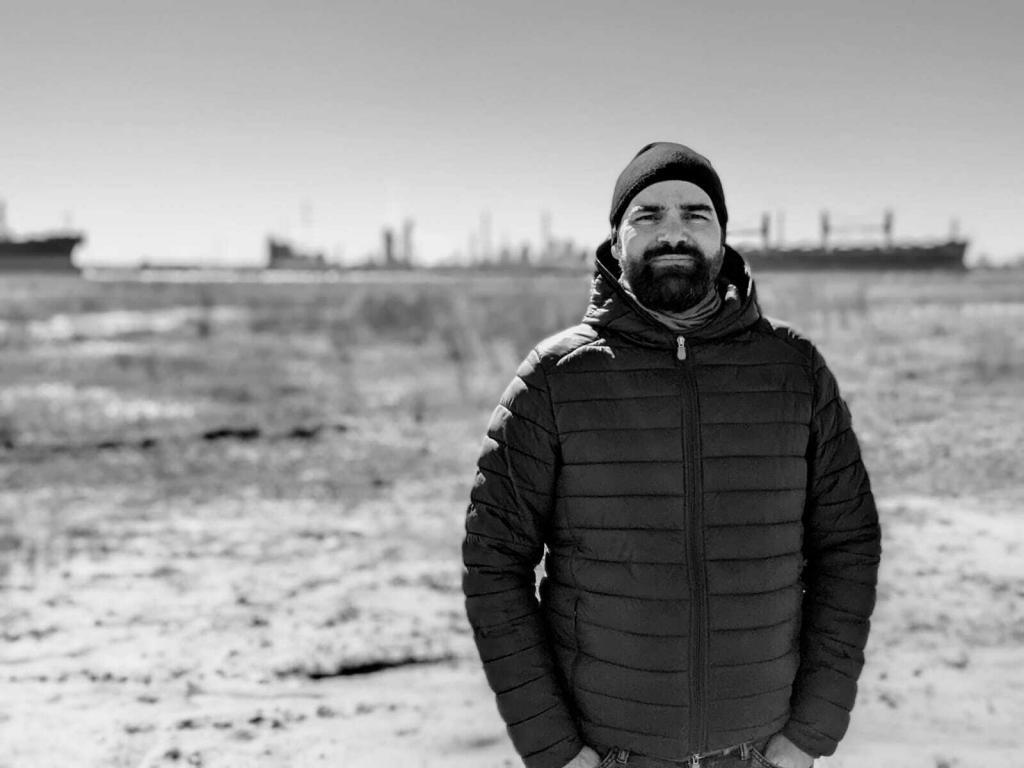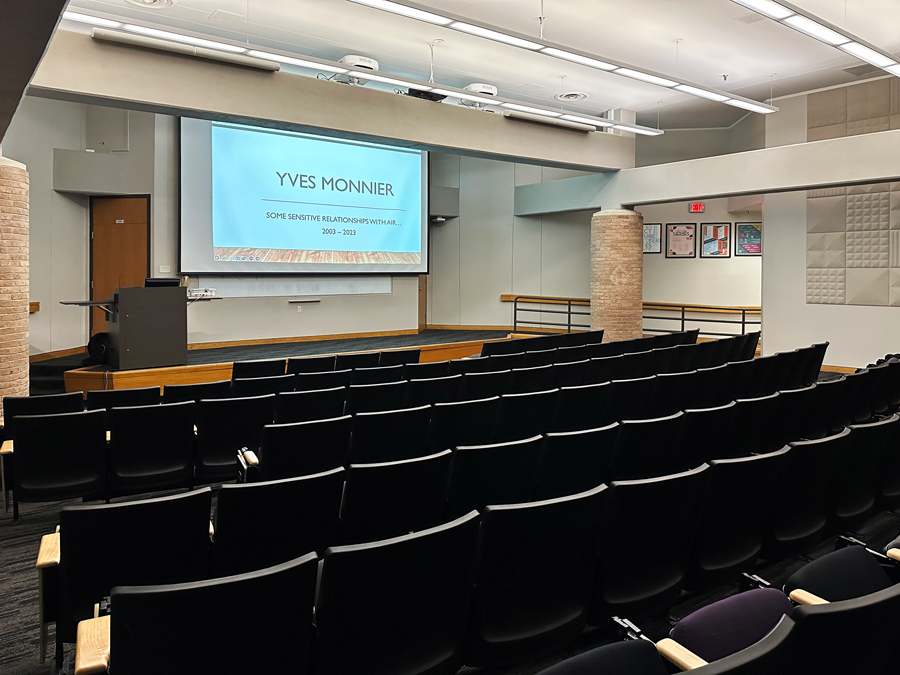Yves Monnier has been working for some twenty years on sensitive relationships to air in different parts of the world. His work combines individual, collective and environmental histories, notably in the Alps, Louisiana and Fukushima Daiichi.

BIOGRAPHY
Yves Monnier is an international visual artist. Born in 1983, he lives in the Auvergne-Rhône-Alpes region, in France. He entered the École Supérieure d’Art de Grenoble in 2003 and obtained his DNSEP with honours in June 2008. Since 2020, he has been working on Arts-Sciences research projects with researchers from a number of universities: Grenoble-Alpes University and EHESS in FRANCE, UNIGE in SWITZERLAND and Louisiana State University in the USA.
Lecture “Some sensitive relationships with air… 2003-2023“, LSU, USA

RESUME
PORTFOLIO
PRESS FOLDER
Link : Linkedin